Regional Variety Testing Program (RVT)
The Alberta Regional Variety Testing program (RVT) is the most trusted source of various information for producers in Alberta. Farmers need accurate, regional and the most current variety information to stay competitive.
The RVT program is responsible for generating unbiased post-registration information for varieties of wheat, barley, oat, rye triticale, flax, field pea, chickpea, lentil, dry bean and faba bean.
The goal of the RVT is to provide cereal, flax and pulse crop growers, and industry and extension specialists with scientifically valid crop variety performance information under different agro-climatic conditions. Data is published in the Alberta Seed Guide and in Alberta Agriculture’s Varieties of Cereal and Oilseed Crops for Alberta pamphlet.

Site Locations
Oyen
NE 16- 28-03 W4 – 9 km East of Oyen Co-op Cardlock & turn North on RR 3-3 (North of Oyen big barns) and then 0.5km and will be on the west side of the road.
Stanmore
NW 33-30-11 W4 – From Stanmore, travel 500m East on Highway 9 & Turn North on RR114 and travel 4km. The RVT’s are located on the East side of the road. Click here for the SITE MAP & Site Info
coming soon.
Acadia Valley
SW 27-24-02 W4 – 9km South of Acadia Valley east side of Highway 41.
Consort
NE 16- 28-03 W4 – West of Consort 8km & turn South on RR 71. RVT’s are on both the West & East side of the road. Click here for the SITE MAP & Site Info coming soon.

AWC Fertility Trial
CARA is evaluating the effect of different nitrogen rates and sources (urea and ammonium sulphate) applied with the seed, at flag leaf and flowering. As well as the yield and protein are monitored.
This trial is funded by the Alberta Wheat Commission (AWC)
Oyen Site: NE 16- 28-03 W4 – 9 km East of Oyen Co-op Cardlock & turn North on RR 3-3 (North of Oyen pig barns) and then 0.5km and will be on the west side of the road.
Evaluation of Various Fertilizer and Mycorrhizae Applications on Barley
The objectives of this trial includes evaluation of different levels of nitrogen and phosphorus that evaluates the effect of different nitrogen sources (fertilizer rates applied with the seed, at flag leaf and flowering. Yield and protein are being monitored as well.
This trial is funded by the Alberta Barley Commission
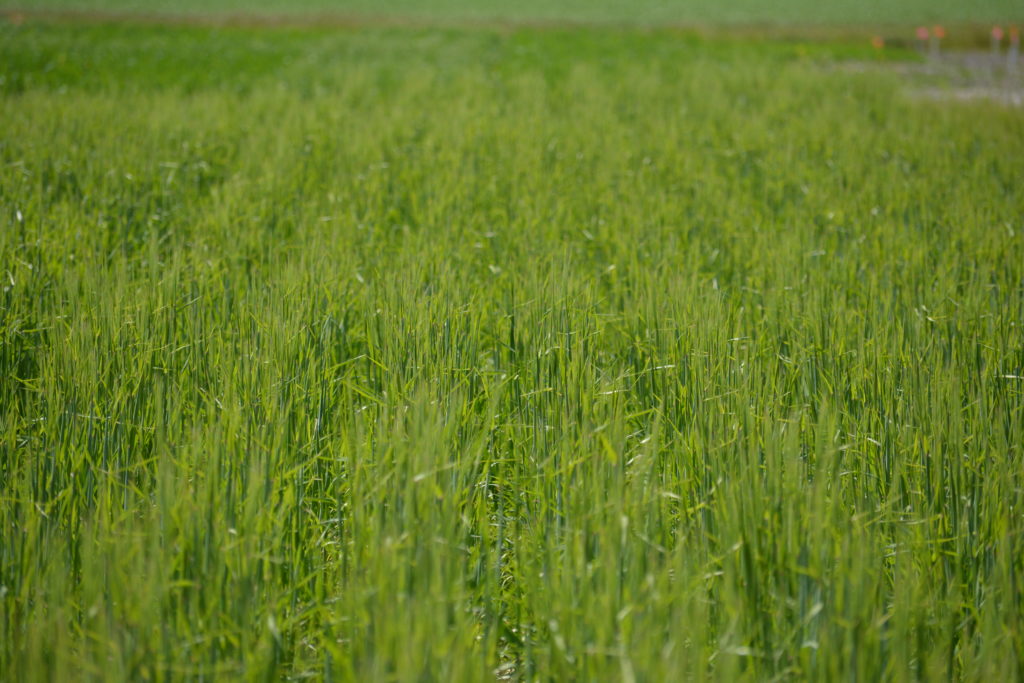
Cover Crops Variety Trials
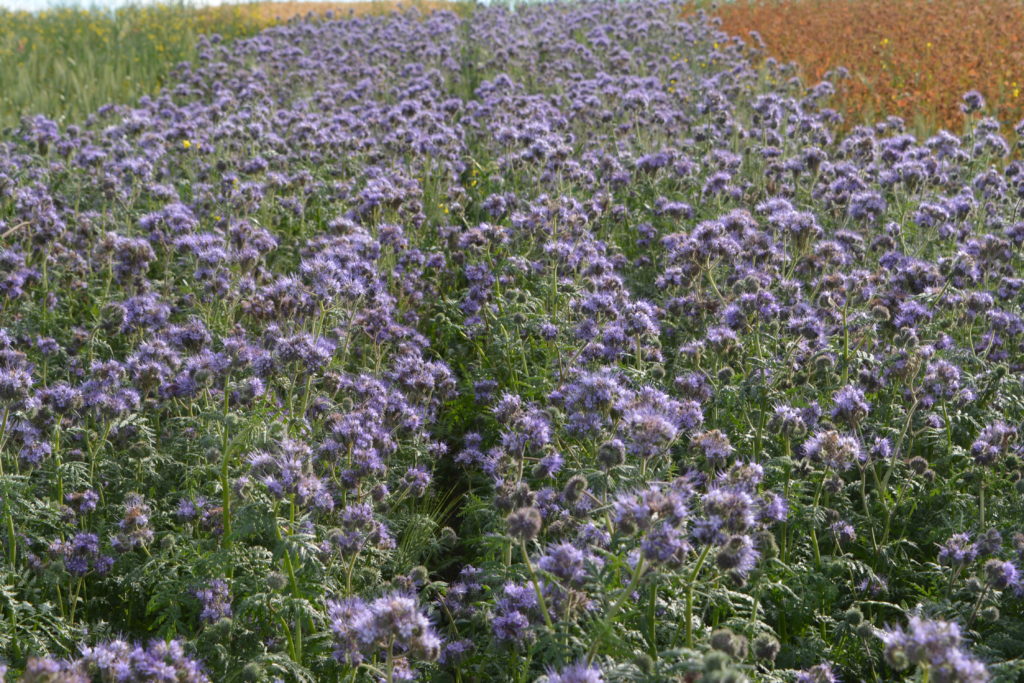
Phacelia
An annual and alternative cover crop variety trial at this site is to evaluate the annual and alternative cover crops for grazing & soil health purposes.
Cocktail crops have traditionally been used to help hold the soil when transitioning between different types of cash crops, and are often plowed down before planting the next crop to add organic material and fertility to the soil. Farmers with livestock often select cover crops that can be grazed, adding an additional benefit as feed and the advantage of additional nutrients from animal manure.
10 different varieties were seeded (each variety was replicated three times for each of the seeding methods).
Crop Rotation Study
Agronomic & Environmental Benefits and Drawbacks of Diverse Crops in Cereal/Canola/Pulse Crop Rotation on Semi-Arid Canadian Prairies
CARA manages one site of a complex rotation study taking place at several locations in Alberta & Saskatchewan. This project is designed to evaluate the pros and cons of various crop rotations, including cereals, oilseeds and pulses. One component includes combinations of barley, canola, wheat, cocktail cover crop mixes and manure applications.
This trial is funded by the Candian Agriculture Partnership Program & Mustard 21
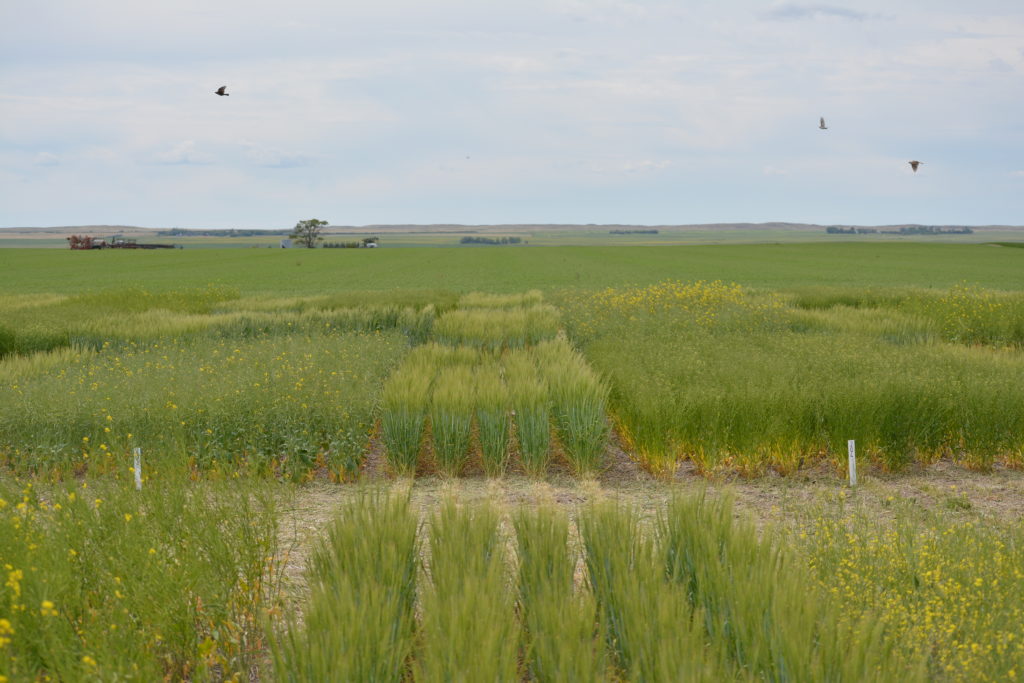
Phosphorus Rates on Field Peas
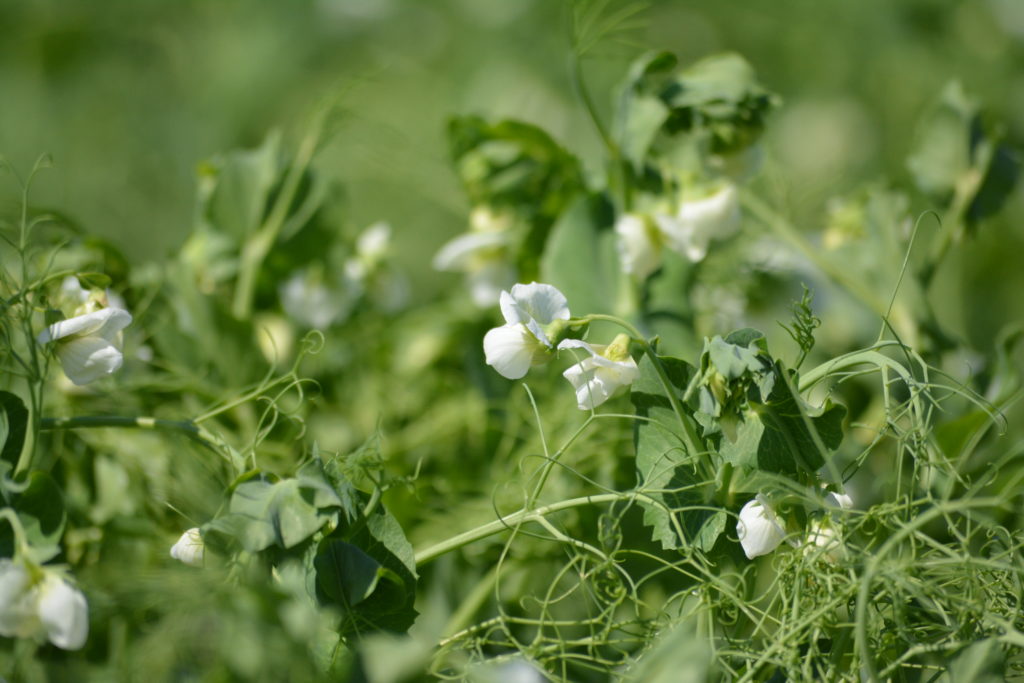
Adequate levels of phosphorus are known to influence yield and maturity in field peas. The impact of monoammonium phosphate (MAP) fertilizer will evaluated on the yield and quality of Meadow field peas.
This trial is funded by the Alberta Pulse Growers
Regional Silage Trial
CARA contributes to the Silage Production Tables in the Alberta Seed Guide with evaluations of barley, oats, and triticale varieties as well as pea/cereal and spring/fall cereal mixes for forage yield and quality. The trials are located at. Non-traditional annual forage crops (eg. sorghum sudan grass, forage kale, millet, etc. were added to the program in 2019. These were planted at the Smigelski site, Special Area 3, in 2020.
This project is partially funded by the Canadian Agriculture Partnership
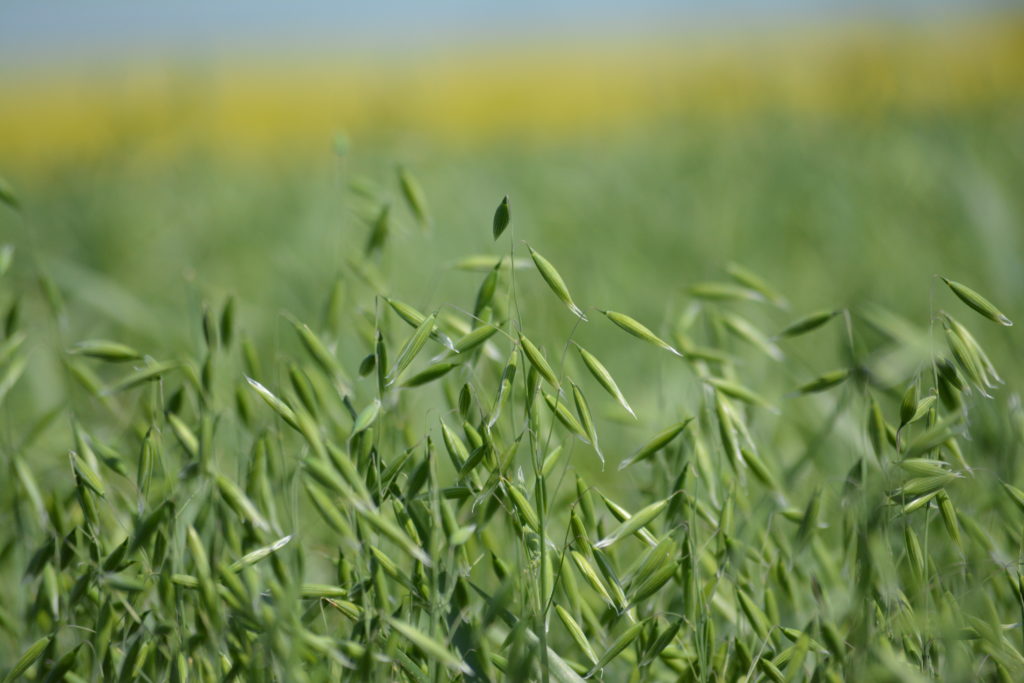
Evaluation of Humalite on Crop Production and Soil Health

The impact of various humalite products on canola and oat crops is being monitored at two sites in Special Areas No. 2.
Humalite is a name given to the humate material deposited in Alberta, Canada. It is derived from weathered sub-bituminous coal, it was formed in a freshwater environment, this is what has been harvested at the Westmoreland Mine Company (Sheerness). When humalite is harvested, the resulting final product averages 87% humic acid. Humalite can help the longevity, uptake, and efficiency of fertilizers by holding them in the root zone longer while increasing the uptake and retention of nutrients into the plant.
This trial is funded by Westmoreland Mine Company
Soil Amendment Study
This study is designed to evaluate a number of treatments intended to improve biological, physical or chemical parameters of soil health. The products and practices have been recommended by farmers and industry representatives to improve soil constraints.
The physical properties targeted include compaction, water infiltration and wet aggregation. The biological component of the trial is directed to treatments that influence the microbial population, biological diversity and biomass. A combination of physical and biological amendments can improve the balance of nutrients in the soil, which results in the third focus area, ie. chemical properties. All three of these components are interrelated. Baseline knowledge will be useful to solve numerous soil health related issues.
This project is funded by the Canadian Agriculture Partnership
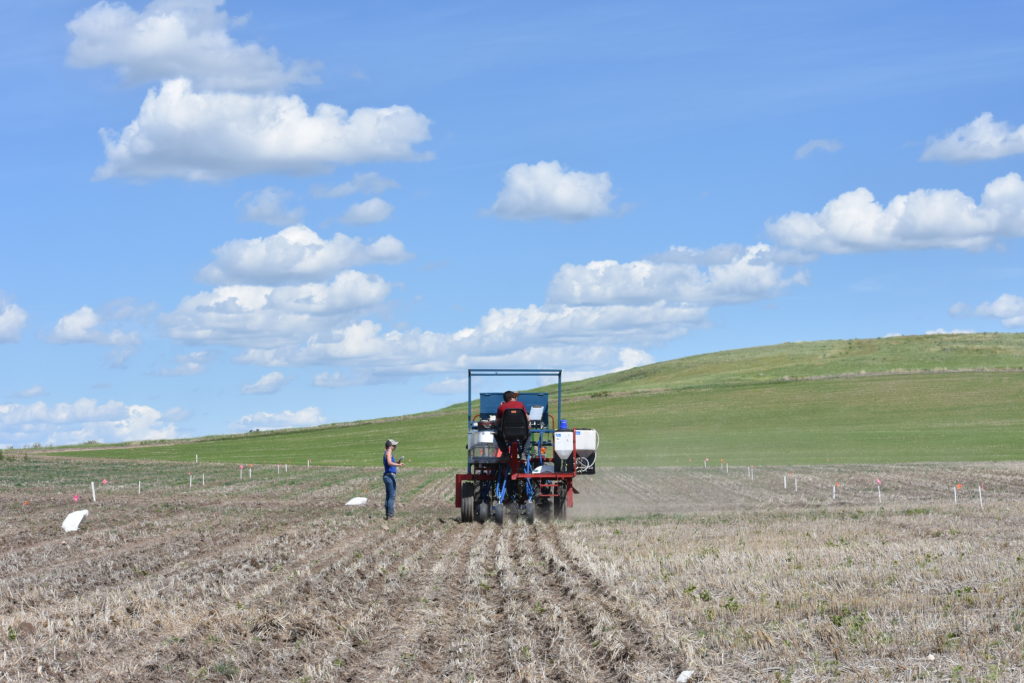
Soil Health Benchmarking Project
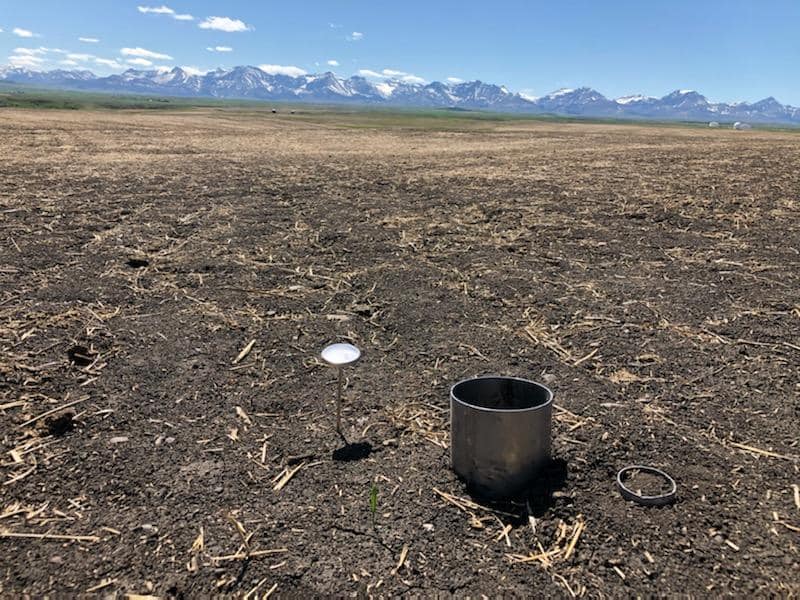
Understanding soil health will give Alberta producers a valuable tool for use in making strategic management decisions on their farms and ranches. The development of a benchmark database is very important in order to better understand soil health limitations and apply appropriate management strategies.
The Soil Health Benchmarking Project is in year 3 of 5 that CARA coordinates with the CARA Soil Health Lab. Funding through Canada Agriculture Partnership allowed us to develop a benchmark and monitor lands in specific areas and get baseline information, in partnership with the other applied research & forage associations of Alberta. Each association has 20 sites that they began sampling & testing in fall 2018.
The Soil Health Benchmarking Project is in year 3 of 5 that CARA coordinates with the CARA Soil Health Lab. Funding through Canada Agriculture Partnership allowed us to develop a benchmark and monitor lands in specific areas and get baseline information, in partnership with the other applied research & forage associations of Alberta. Each association has 20 sites that they began sampling & testing in fall 2018.
This benchmark project is funded by the Canadian Agriculture Partnership
BioControl of Canada Thistle with the Stem Mining Weevil
CARA, along with other applied research groups, introduced the Stem-Mining Weevil as a biological control agent to help control Canada thistle populations at various points in Alberta. The purpose of this project is to decrease and control Canada thistle populations in sensitive areas such as riparian zones, organic farms and native pasture. It is hoped the weevil may be a tool to reduce the use of chemicals to control weeds in sensitive areas.
CARA currently has 4 sites being monitored.

EcoBuffer
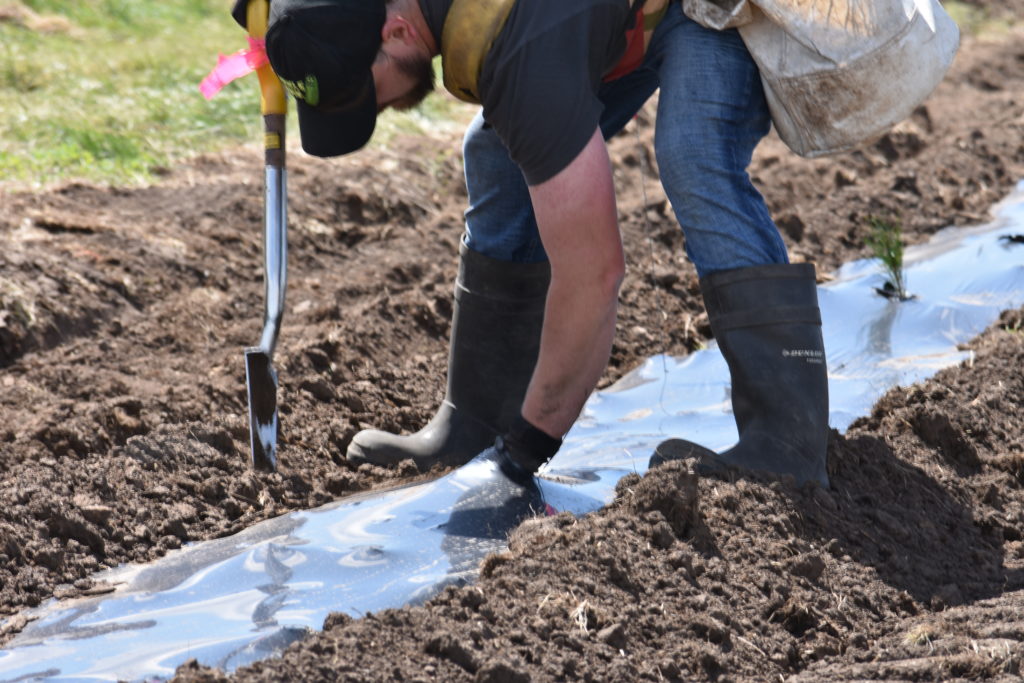
Eco-Buffers are plantings of perennial species (i.e. trees, shrubs, and/or herbaceous) designed to mimic natural forest habitat that provides specific ecosystem services. The EcoBuffer concept was developed by agroforestry researchers at the Agriculture and Agri-Food Canada Agroforestry Development Centre. The researchers found that if designed well, an Eco-Buffer, like the natural forest it mimics, can provide many ecosystem services at once and continue to sustain itself in the long-term with minimal ongoing maintenance (Schroeder, 2012). These are some advantages that Eco-Buffers have over more well-known shelterbelts (Figure 2), which are usually rows of trees and shrubs of a single species designed specifically for the services associated with reduced wind speed (i.e. sheltering, soil conservation, or snow management).
Practical Guide to Establishing an Eco-Buffer
CARA currently has one site that was recently planted (2020) that is South of Consort.
Sounding Creek Watershed Enhancement
Maintaining and improving watersheds is important in maintaining water quality, creek bank stability and wildlife habitat. The Sounding Creek Watershed is unique as it is a closed basin, meaning that the water does not flow to the ocean.
With funding from the Watershed Stewardship Grant, CARA will conduct riparian health evaluations, demonstrate practices to improve areas along the Sounding Creek as well as various community learning activities.
This project is funded by the Land Stewardship Center of Canada

Rancher Researcher Program
The goal of this program is to address the gaps in the flow of information between ranchers and the scientific community. It provides ranchers in Alberta the opportunity to try out various innovations and technologies. It also connects the ranchers with the appropriate scientists and then evaluates the impact of those new practices on their operations.
The innovations covered in the first pilot project that ranchers pursued were projects like DNA parentage testing, precision ranching (use of drones), soil testing, pasture rejuvenation with legumes, dugout improvements, cost of production analysis, improving access to water, herd information management, low-stress weaning, BlueTooth technology (scale), pasture health/utilization/animal movements software, and DNA hybrid vigour testing.
“One of the objectives was to improve the process of information flow from scientists to the ranchers,” said Chinook Applied Research Association manager Dianne Westerlund.
This project is supported by the Canadian Agriculture Partnership & Alberta Beef Producers
News articles:
Pest Monitoring Program
Every year we participate in several crop pest monitoring surveys. These survey results contribute to Alberta Agriculture’s pest monitoring program by contributing to either the current years’ real-time mapping of infestation risk levels or the Forecasting maps.
In the 2020 season, we will be conducting surveys for the:
– Diamondback Moth
– Bertha Army Worm
– Cabbage Seedpod Weevil
– Bertha Army Worm
– Fusarium Head Blight
– Clubroot
– Grasshoppers
– Wheat Midge &
– Wheat Stem Sawfly
These surveys are being conducted within the Special Areas, MD of Acadia and surrounding counties. The results of these surveys can be found in our Annual Report or the real-time maps.
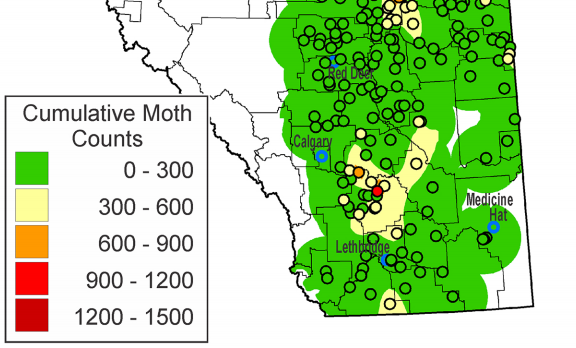
Value-Added Ag Initiative
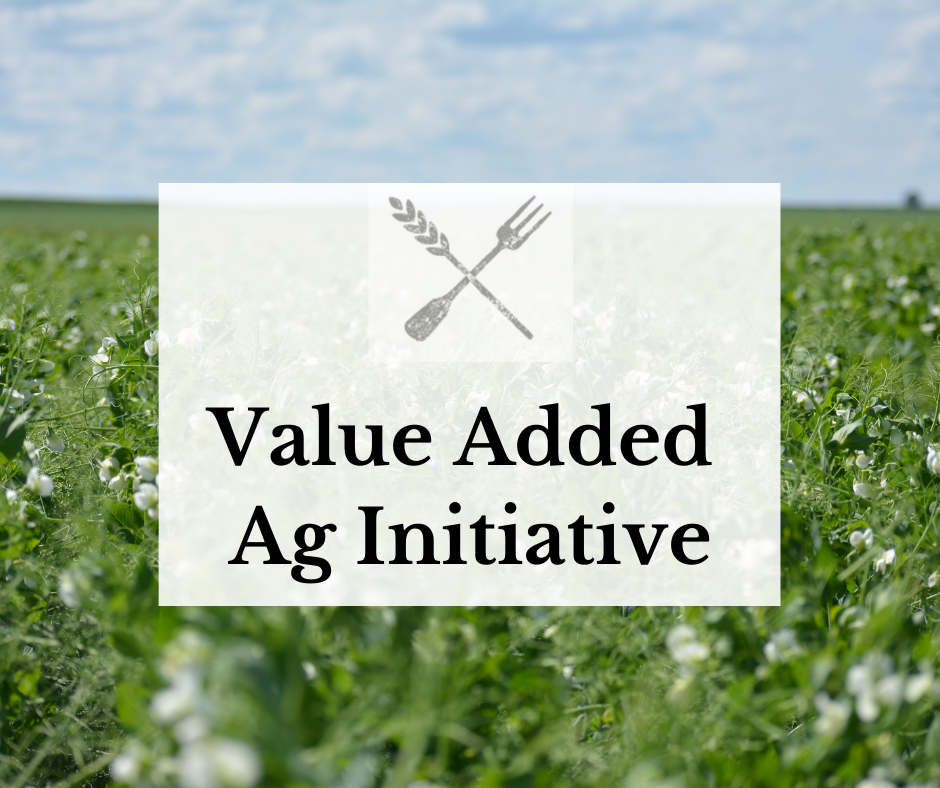
As the local food movement grows, so does the diversity of food grown and produced within the area- meats, cheeses, veggies, coffee roasting, even beer is produced here, and many more!
Sourcing local has many benefits including:
• Fresher, in-season food which tastes better
• Less transportation and fossil fuel usage
• The confidence of knowing where your food comes from
• Supporting local families to live and do business in the area
• Supporting and growing our local economy
We are currently working with the region’s Economic Development officers to assist in the education of local food awareness and value-added business development.
Learn more about this initiative HERE